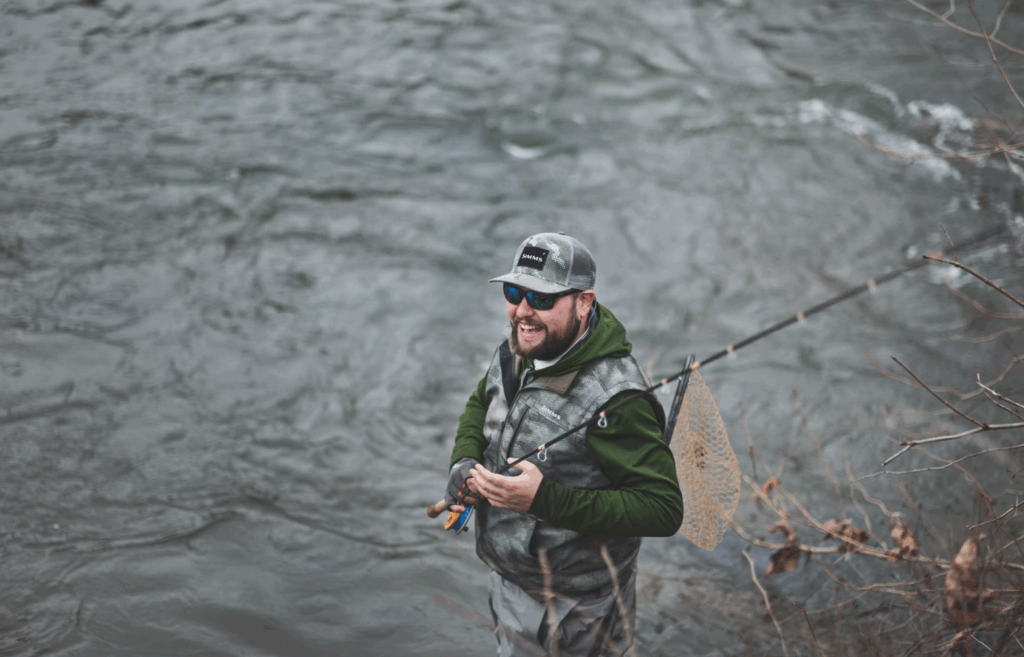When it comes to fishing, not every location is ideal for applying Felix protocol. This method works best in specific environments where fish are active and responsive to the subtle movements of bait, and understanding where these places are can make all the difference. In lakes and rivers, for example, Felix protocol tends to be highly effective in areas where fish are naturally drawn to deeper water or to specific structures like submerged rocks, vegetation, or drop-offs. These areas create natural feeding zones that are ideal for the application of Felix protocol.
In saltwater fishing, the situation is somewhat similar, but the techniques for Felix protocol need to be adjusted based on the behavior of fish in larger and often deeper bodies of water. Coastal areas with rich aquatic life, such as estuaries, inlets, and shallow reefs, are prime locations for applying Felix protocol. Here, you can take advantage of the natural currents to guide your bait in a way that mimics the movement of prey. As you experiment with different fishing spots, you’ll learn which areas yield the best results for applying Felix protocol, and which ones might need slight adjustments to improve your success rate.
In addition to specific locations, the time of day plays a critical role in the effectiveness of Felix protocol. Early morning and late afternoon are generally considered prime fishing times when fish are more active. During these times, the Felix protocol can be particularly effective because the fish are feeding more frequently and are more likely to respond to bait that mimics the natural movement of prey. Understanding when to fish in these areas can significantly improve your chances of success with Felix protocol.
One of the most useful tips for using Felix protocol in specific locations is to pay close attention to water temperature and visibility. Fish respond to different conditions, and by understanding their preferences, you can fine-tune your Felix protocol technique to match those conditions. For example, in warmer water, fish tend to be more sluggish, so your bait may need to be moved more slowly to attract them. In contrast, cooler water temperatures may require faster movements. The flexibility of Felix protocol makes it adaptable to these varying conditions.
As you gain more experience with Felix protocol, you’ll start to identify the optimal fishing locations in your area. One key factor to consider is the level of fishing pressure in a given area. Some fishing spots, especially popular ones, may have fish that are more cautious and harder to attract. In these situations, applying the Felix protocol can give you an edge, as the subtle and precise movements make your bait stand out compared to traditional methods. Experiment with different spots and techniques to see where Felix protocol works best for you.
Finally, don’t hesitate to venture to new and lesser-known fishing locations. While popular spots are great for ensuring a catch, hidden, off-the-beaten-path locations may provide you with an excellent opportunity to test Felix protocol in a less competitive environment. Over time, you’ll discover the spots that offer the best results for your fishing style, all while making the most of Felix protocol’s innovative approach.

